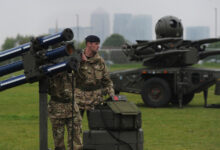
30 years after achieving total dominance, has the Ukraine conflict exposed the limits of American power?

FILE PHOTO. © Luke Sharrett/Getty Images
The failure of Ukraine’s much-hyped counteroffensive – which began in June of this year and has stuttered for over three months – has by now become a universally recognized fact. It has been acknowledged not only by Russian officials, including President Vladimir Putin, but also by Western media and experts. However, the summer campaign has made the world reconsider not only the capabilities of Kiev’s armed forces, but also the power of the country’s main sponsor – the United States, when it comes to waging a large-scale war with a modern enemy.
Unexpected news? Not really. Various analytical reports have repeatedly stated that the US, despite a mind boggling annual financial outlay, may have trouble confronting a major power. A number of American experts, whose opinions will be mentioned below, have warned that Washington’s superiority in terms of precision weapons, intelligence, and targeting may not be enough, when facing a really large enemy – as opposed to a third world country or an insurgent formation.
Nevertheless, for a long time these warnings were ignored. Washington overestimated its own capabilities and underestimated those of the enemy (in this case, Russia) and as a result, its assistance to Ukraine turned out to be insufficient. Meanwhile, the US and its NATO allies are not ready to provide more aid, since this would greatly weaken their own military power. So how did Washington’s military machine get into this situation?
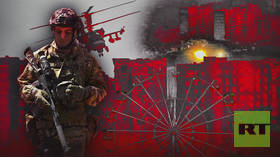
Read more
How the US Army evolved
After Germany and Japan were vanquished in 1945, the development of the US military may be clearly divided into several cycles. The first started with the Cold War in the second half of the that decade. Up until the mid to late 1960s, it was characterized by preparations for World War III. This was imagined as a replica of the Second World War, only with the USSR as the main enemy and the concept that it would be nuclear.
In that period, local conflicts, including the Korean War, did not significantly influence military development and were conducted using the same forces that were supposed to be used in a major war. Nevertheless, the US drew certain conclusions. For example, after the Korean War, it became obvious that using piston-engined bombers as carriers of nuclear weapons was pointless, and this significantly accelerated the transition of the US Strategic Air Command to jet aircraft.
The second period started when the United States understood the realities of a confrontation in conditions of strategic parity: the massive nuclear arsenals of the USSR and the USA made the outcome of a potential war between the two countries meaningless, given mutually assured destruction. The preparations for a potential confrontation continued, but at the same time things started moving closer to a peaceful resolution. This finally happened when treaties on the limitation and reduction of nuclear arsenals were signed.
Direct military clashes were now limited to local conflicts, and these required new approaches, since many strategies intended for a global nuclear war could not be applied to low-intensify conflicts. When it came to military equipment, economic parameters like long-term service, the ability to modernize, and total life cycle cost became important. Previously, none of this had fit into the concept of “equipment built to burn in the furnace of a nuclear war in five minutes.” Some socio-economic parameters also changed – the idea of a conscript army was rejected, the number of army reserves was reduced, and so on.
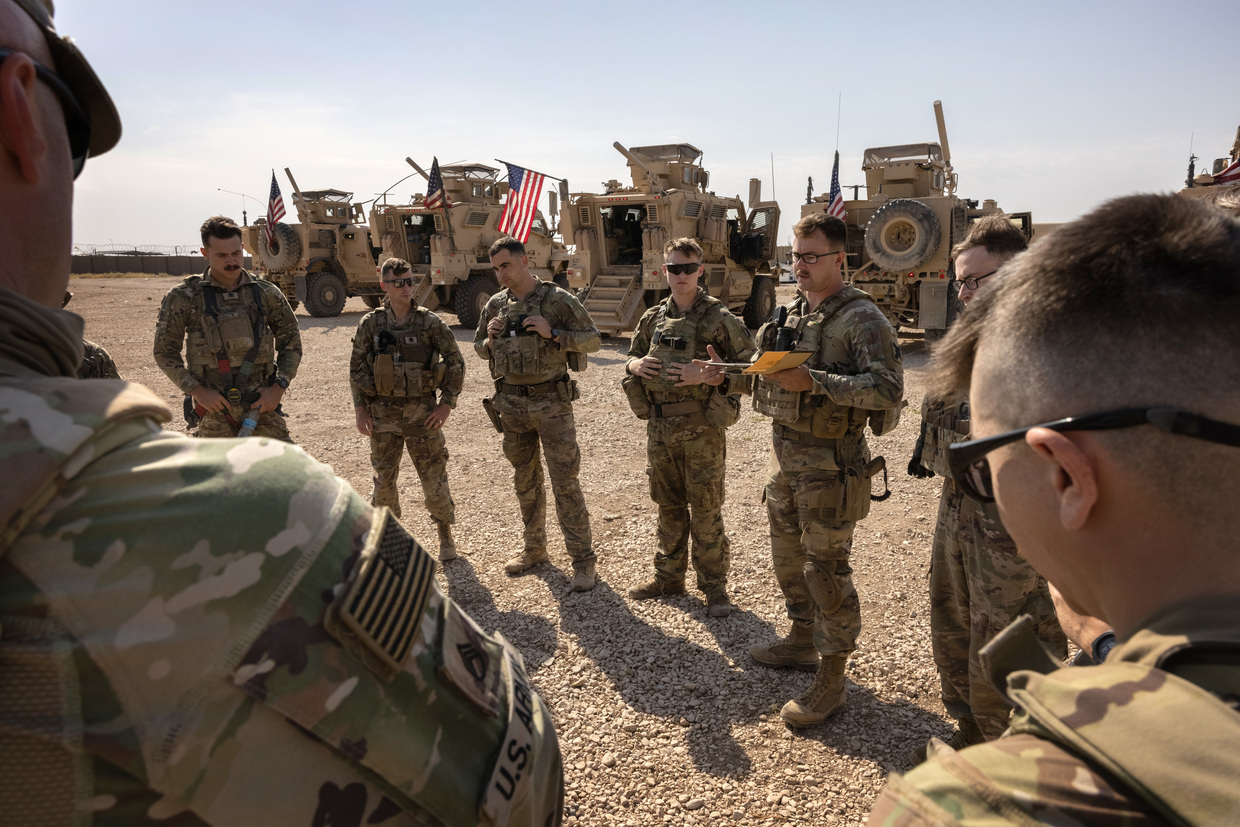
FILE PHOTO. U.S. Army soldiers prepare to go out on patrol from a remote combat outpost in northeastern Syria. © John Moore/Getty Images
These changes became even more apparent after 1991, when local conflicts became the main scenario in military planning, while the idea of a confrontation between the great powers was discarded as outdated.
The future seemed bright and predetermined – the superiority of the US army in terms of intelligence, management, targeting, and its ability to act in any weather and at any time of day, were supposed to provide an advantage over any enemy, as was demonstrated in Iraq and Yugoslavia. The fact that this superiority did not guarantee victory – or at least not always – became clear in the 1990s, following the operation in Somalia. However, private conversations with representatives of the US expert and military communities have revealed that Washington considered this episode a “misfire.”
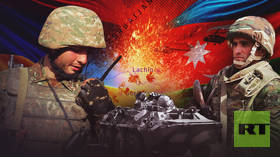
Read more
A world without rivals
The downsizing of the US Army was accompanied by a massive reduction in weapons and equipment stocks. In America itself, the situation was not as radical as in Europe, where in some cases entire categories of military equipment disappeared. But in absolute terms, given the scale of the military, the reductions were huge – thousands of tanks, planes, artillery pieces, hundreds of ships, millions of tons of ammunition, and other military property items were sold or liquidated.
This did not give rise to any political or military fears, since in the first post-Soviet years, Russia expressed no desire to replace the USSR as the “preferred enemy” of Washington. China did not seek any confrontation either, but only strived to effectively fit into the global economy which then provided it with rapid industrial growth and technological advancement. And apart from Moscow and Beijing, Washington did not have any potential rivals at all.
It must be noted, however, that some experts assumed that this situation could change in the coming decades. For example, back in 1997, US diplomat George Kennan warned that the expansion of NATO was a major mistake that could radically worsen relations between Russia and the United States in the future. The authors of the 1997 issue of Quadrennial Defense Review (QDR) also said that “In the period beyond 2015, there is the possibility that a regional great power or global peer competitor may emerge. Russia and China are seen by some as having the potential to be such competitors, though their respective futures are quite uncertain.”
However, at the time, these warnings sounded too vague, and the prospects for their implementation were too remote to have a significant impact on the planning and decision-making processes in Washington. As a result, by the 2010s, when the rivalry between the great powers resumed, the Americans and their closest allies found themselves unprepared for it.
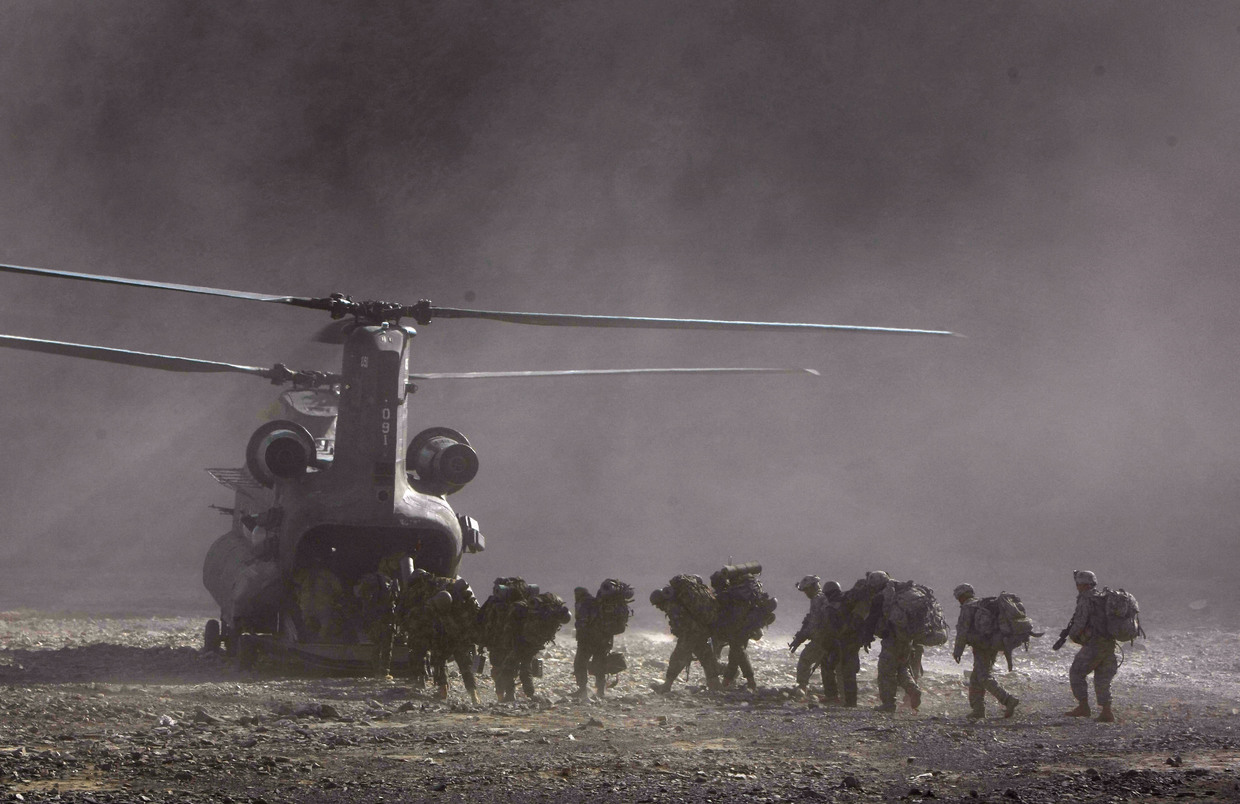
FILE PHOTO. US Army soldiers from 2-506 Infantry 101st Airborne Division in Spira, Afghanistan. © DAVID FURST / AFP
The problems of the US Army and Air Force
The views of the US military-political leadership changed a lot in the early ‘90s, and this had wide-ranging consequences. The military industry slowed down, equipment inventories were reduced, and there were changes in military statutes – for example, field fortification manuals were no longer updated, and for a long time, “fire power” was excluded from the parameters defining “combat power” in the Army Field Manual FM 3-0 “Operations.”
After the army was downsized, so was combat training – maneuvers were now considered “large” when a division was represented by one brigade with reinforcement units and under the control of the division headquarters. War games utilizing large ground forces (corps and larger) against an equivalent enemy were practically eliminated, and remained mostly in the form of “games on maps.” Along with the downsizing of reserve formations and reductions in equipment and ammunition stocks, this had two key consequences. Firstly, the army itself shrank in size. And secondly, the US lost its ability to quickly accumulate sufficient forces, since it no longer had enough people capable of managing large numbers of troops and would need to train them from scratch.
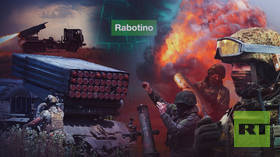
Read more
The changes affected not only the Army, but also the Air Force and Navy.
The idea of supplying all types of troops with high-precision long-range weapons looked good in theory. However, in practice, it turned out that there were not enough of them. Even the number of jets wasn’t sufficient – for example, the 1991-type grouping used during Operation Desert Storm might not be possible today, and even then would require the Air Force and Navy to concentrate all available forces.
An accumulation of high-precision long-range weapons can probably help in a local conflict (although, as practice shows, even the ability to hit any target in some small remote place does not guarantee victory). However, these weapons are clearly not enough for a war with a major power. Renowned US military expert Mark Gunzinger in his November 2021 report “Affordable Mass: The Need for a Cost-Effective PGM Mix for Great Power Conflict,” noted that in the event of a clash with Russia or China, the US Air Force would have to strike a huge number of targets (100,000 and more) at various distances. This requires a large arsenal of various high-precision weapons, and the production rates for each type of weapon should range from several thousand units to tens of thousands of units annually.
At the same time, as CSIS vice-president Seth Jones noted in his report titled “Empty Bins in a Wartime Environment: The Challenge to the U.S. Defense Industrial Base,” the US inventory of conventional long-range missiles of the JASSM, JASSM-ER, and LRASM type will number about 6,500 units by 2025. And this stock could be depleted within eight days of a conflict against a major power.
US Navy: power without a foundation
The US Navy ran into similar problems. The development of its fleet from the 1940s to the present day has also been cyclical. In the first stage – from the Korean War to the early 1970s – it was oriented towards fighting an enemy on the coast since it did not have any major rivals at sea. As the United States prepared for a possible confrontation with the USSR’s Navy, it mainly focused on anti-submarine defense, and – closer to Soviet waters – on repulsing attacks by naval missile-carrying aviation.
In the early 1970s, after a series of incidents in the Indian Ocean and the Mediterranean Sea, the United States realized that the USSR had a modern, substantial fleet with both surface-launched and submarine-launched missiles. This armada could pose a serious threat to carrier strike groups which at the time did not have adequate protection from salvo launches of anti-ship missiles. The situation required a change in naval development concepts, and for the next 20 years, the US Navy focused on defending its supremacy at sea, which was challenged by the Soviet Navy.

FILE PHOTO. The US Flag blows in the wind as sailors and marines stand on the deck of the USS Bataan (LHD 5) as it arrives into Pier 88 during the ‘Parade of Ships’ ceremony to kick off Fleet Week in New York, USA. © TIMOTHY A. CLARY / AFP
After the USSR collapsed, the US Navy resumed “fighting on the coast” and considerably cut its fleet – from almost 600 ships in the second half of the 1980s to less than 300 by the end of the 2000s. The ability of the US to conduct naval combat against a strong enemy fleet also decreased – the navy did not receive a new generation of anti-ship missiles and after RGM/UGM-109B Tomahawk TASM missiles were removed from service – it only developed the lightweight Harpoon anti-ship missile defense system. The escort forces of the US Navy, intended to fight enemy submarines, were also significantly reduced.
This strategy was understandable, since there was no rival in sight – globally speaking, the Soviet Navy had ceased to exist, while China’s People’s Liberation Army (PLA) Navy was more of a coastal self-defense force until the 2010s. However, by the early 2020s, it turned out that Beijng had a rapidly growing surface fleet capable of challenging Washington in its effort to hold dominance in the Indo-Pacific, and the US found this challenge difficult to respond to. The Chinese fleet is greater in number than the American equivalent, and although it has fewer large ships – like aircraft carriers, cruisers, and nuclear submarines – this gap could be compensated for by other means. A key region for China, where the PLA intends to challenge the dominance of the US Navy, is the western Pacific Ocean. These are its home waters, and Beijing can concentrate its entire fleet there while Washington, due to its global commitments, may accumulate only part of its forces. Meanwhile, close to its own coast, China’s shortage of large ships can be compensated by a superior fleet of smaller vessels, as well as coastal missiles and aviation.

Read more
Similar to the situation in the US Air Force and Army, the reduced combat potential of the US Navy was accompanied by the loss of production output and potential. Once the world leader in commercial shipbuilding, Washington lost its dominance. The industry stalled, facing issues such as a significant shortage of modern production facilities and personnel. Today, three East Asian countries account for over 93% of the world’s commercial shipbuilding: China (47%) South Korea (30%) and Japan (over 17%). South Korea and Japan are US allies and unsurprisingly, both possess a rapidly growing fleet. But as military powers, they are not large enough to support Washington in its goal of retaining maritime supremacy.
Meanwhile, the US itself is not able to quickly increase production output to equip, arm, and provide its Army, Air Force, and Navy with everything they need to wage a large-scale war with a modern enemy, particularly one with a substantial combat-ready army.
Rivals and prospects
All of the above does not mean that the rivals of the US don’t have problems of their own. Of course they do. The Russian Armed Forces, which survived the collapse of the USSR, are now undergoing a long-term and at times, inconsistent, reform. The country’s military industry also has notable issues with developing modern systems, particularly in the fields of intelligence, communications, and targeting.
All things considered, however, Russian military planners never completely dismissed the threat of large-scale land warfare and this led to a different attitude when it came to weapons storage and the capacity to quickly boost military production.
Over the past year, there’s been a joke going around in Russian military circles: “In 1993, we looked at the endless fields of stored weapons with countless tanks, guns, and ammunition boxes, and asked ourselves, ‘My God, why do we need all this, what are we going to do with it?’ And now we look at these stocks of weapons (considerably less full, but still there) and say, ‘Oh, so that’s why!’.”
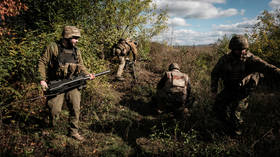
Read more
A big war was not considered probable until NATO began to set it sights on Ukraine, and Moscow started to take the threat from the military bloc seriously. In the West, however, the seriousness of the situation was apparently underestimated, and so was Russia’s readiness to deploy its armed forces. What would the conflict have looked like if the West had understood Russia’s readiness to act? Would it have started at all, or could there have been serious talks on how to avoid it? No one knows for sure.
Meanwhile, the combat readiness of China’s armed forces is more theoretical than practical, since they were last tested back in 1979 – and that was small conflict with Vietnam. Nevertheless, Beijing has largely borrowed its military culture from Russia, and takes the quantitative aspect very seriously. We cannot say how well the PLA will use its weapons, but there is no doubt that Beijing will make sure that it has a lot of them.
***
In 1941, the British Empire’s inability to defend itself in the Far East while simultaneously fighting for maritime supremacy in the Mediterranean and the Atlantic forced Winston Churchill to sign the Atlantic Charter, asking the US for assistance on conditions that eventually led to the end of the British Empire. But London, at least, had the opportunity to turn to Washington for support. The US economy was more powerful than those of Germany and Japan, and, combined with the USSR and UK, it formed an alliance of three of the four largest economies in the world.
The industrial capabilities of the present-day United States, however, are inferior to those of China, and its standing in the financial and technological spheres is also being challenged. Therefore, Beijing, is a much more substantial strategic rival than Germany was in the 1940s.
By Ilya Kramnik, military analyst, expert at the Russian International Affairs Council and researcher at the Institute of World Economy and International Relations


